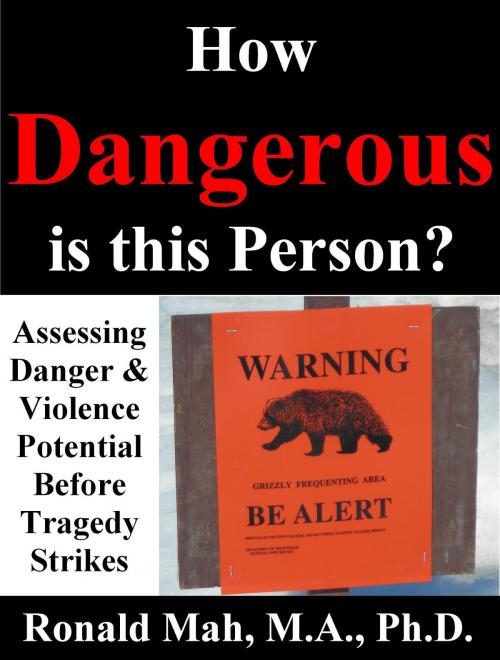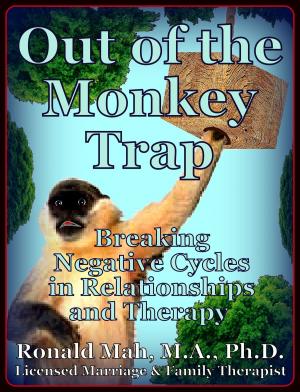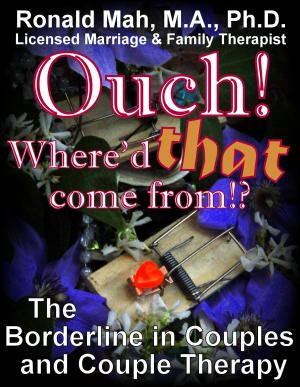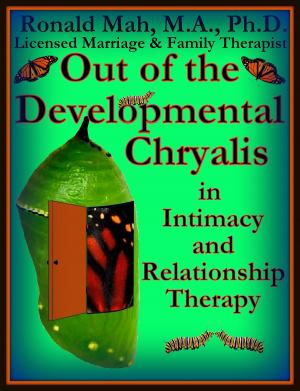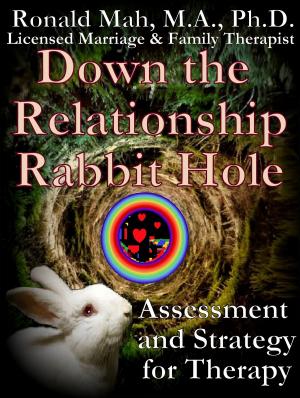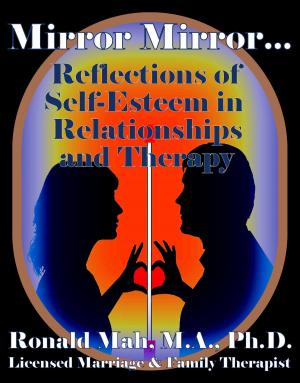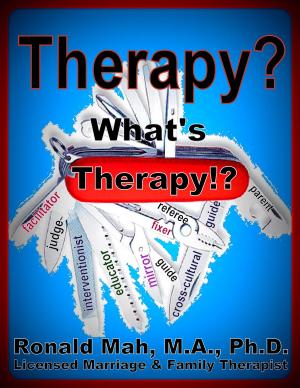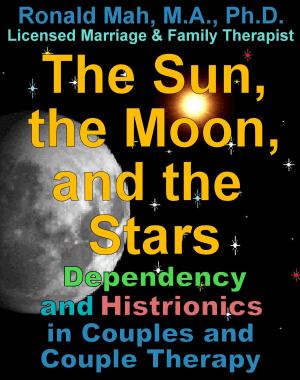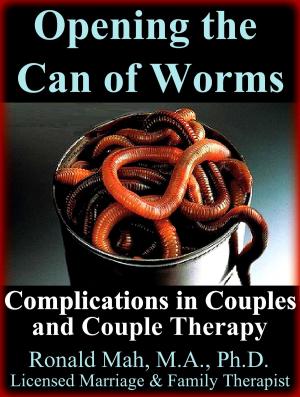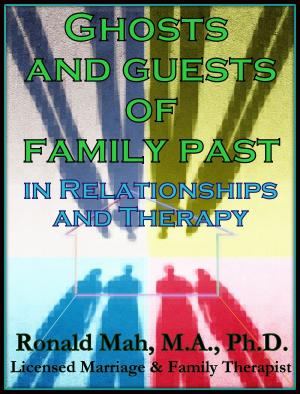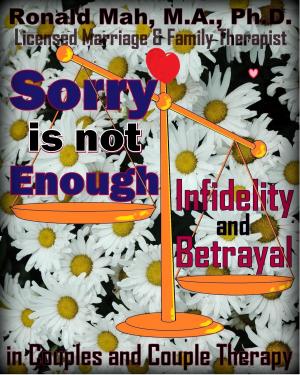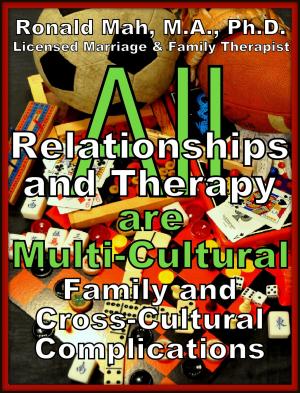How Dangerous is this Person? Assessing Danger & Violence Potential Before Tragedy Strikes
Nonfiction, Health & Well Being, Psychology, Psychotherapy| Author: | Ronald Mah | ISBN: | 9781301982370 |
| Publisher: | Ronald Mah | Publication: | May 6, 2013 |
| Imprint: | Smashwords Edition | Language: | English |
| Author: | Ronald Mah |
| ISBN: | 9781301982370 |
| Publisher: | Ronald Mah |
| Publication: | May 6, 2013 |
| Imprint: | Smashwords Edition |
| Language: | English |
"How Dangerous is this Person?" identifies cues for potential violence, including profiles from mental health along with frustration-based aggression, bullying, cultural influences, substance abuse, psychosis, and special considerations.
Key criteria are explained to formulate therapy, treatment, and intervention, including helping laypersons decide when to seek legal and professional assistance. Tragic violence continues to erupt in communities, homes, work, schools, and neighborhoods.
Abusive or violent acts target individuals well known to perpetrators, but also total strangers, public figures, and others with spurious, convoluted, or non-existent logic. Perpetrators may be unknown to few other than family and associates until their violence makes the evening news, or they may be famous or infamous in the public eye already. Victims include family members such as spouses, parents, grandparents, friends, girlfriends, boyfriends, political figures, entertainment stars, work colleagues, current and former bosses or supervisors, children, schoolmates, and unlucky bystanders. Violent behavior includes mass murder, homicide, domestic violence, child or elder abuse, or battery.
Retrospective examination often finds cues and indications of potential violence lurking in the hearts and minds of eventual perpetrators. This book takes these cues and indications and formulates theoretical foundations for assessing for an individual's potential to become dangerous to others or violent. The theories and process presented are relevant to emotional and psychological abuse as well. Profiles are presented that differentially indicate the potential and process of violence. In addition, key criteria are explained for use not only for assessment but to guide prevention. Written for the therapist and other professionals charged with protecting the public, the information may be also useful for laypersons to examine personal concerns and make sound decisions whether to seek intervention by authorities.
"How Dangerous is this Person?" identifies cues for potential violence, including profiles from mental health along with frustration-based aggression, bullying, cultural influences, substance abuse, psychosis, and special considerations.
Key criteria are explained to formulate therapy, treatment, and intervention, including helping laypersons decide when to seek legal and professional assistance. Tragic violence continues to erupt in communities, homes, work, schools, and neighborhoods.
Abusive or violent acts target individuals well known to perpetrators, but also total strangers, public figures, and others with spurious, convoluted, or non-existent logic. Perpetrators may be unknown to few other than family and associates until their violence makes the evening news, or they may be famous or infamous in the public eye already. Victims include family members such as spouses, parents, grandparents, friends, girlfriends, boyfriends, political figures, entertainment stars, work colleagues, current and former bosses or supervisors, children, schoolmates, and unlucky bystanders. Violent behavior includes mass murder, homicide, domestic violence, child or elder abuse, or battery.
Retrospective examination often finds cues and indications of potential violence lurking in the hearts and minds of eventual perpetrators. This book takes these cues and indications and formulates theoretical foundations for assessing for an individual's potential to become dangerous to others or violent. The theories and process presented are relevant to emotional and psychological abuse as well. Profiles are presented that differentially indicate the potential and process of violence. In addition, key criteria are explained for use not only for assessment but to guide prevention. Written for the therapist and other professionals charged with protecting the public, the information may be also useful for laypersons to examine personal concerns and make sound decisions whether to seek intervention by authorities.
